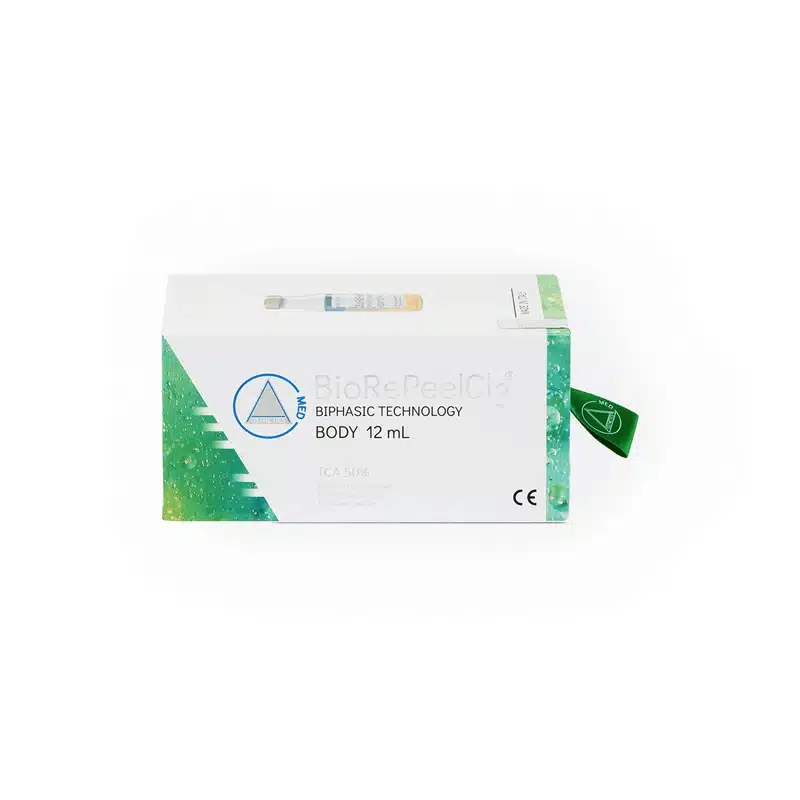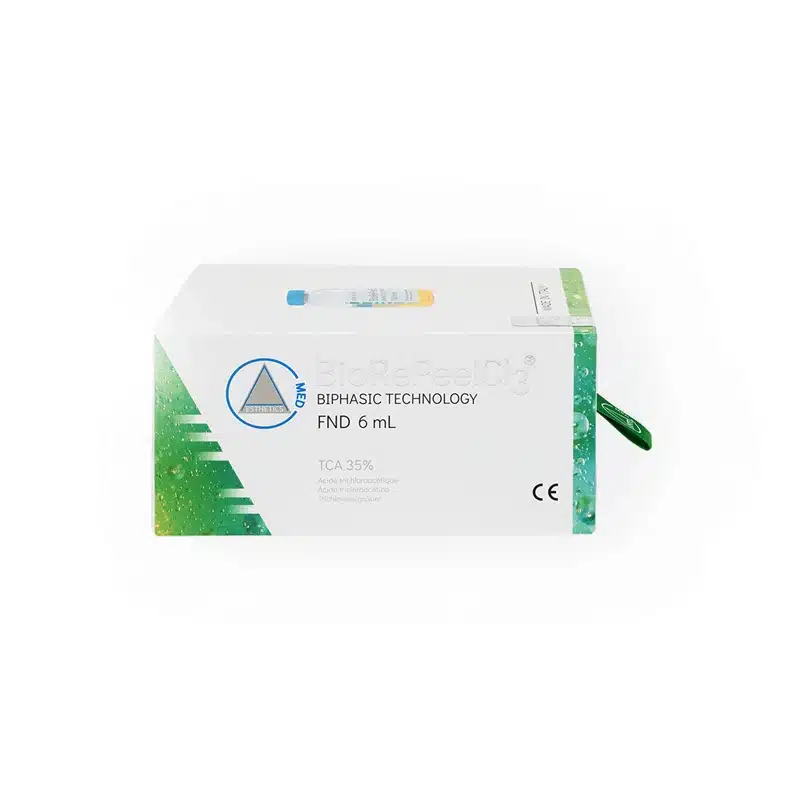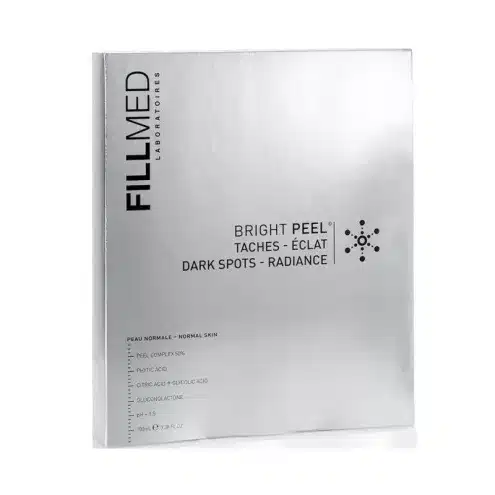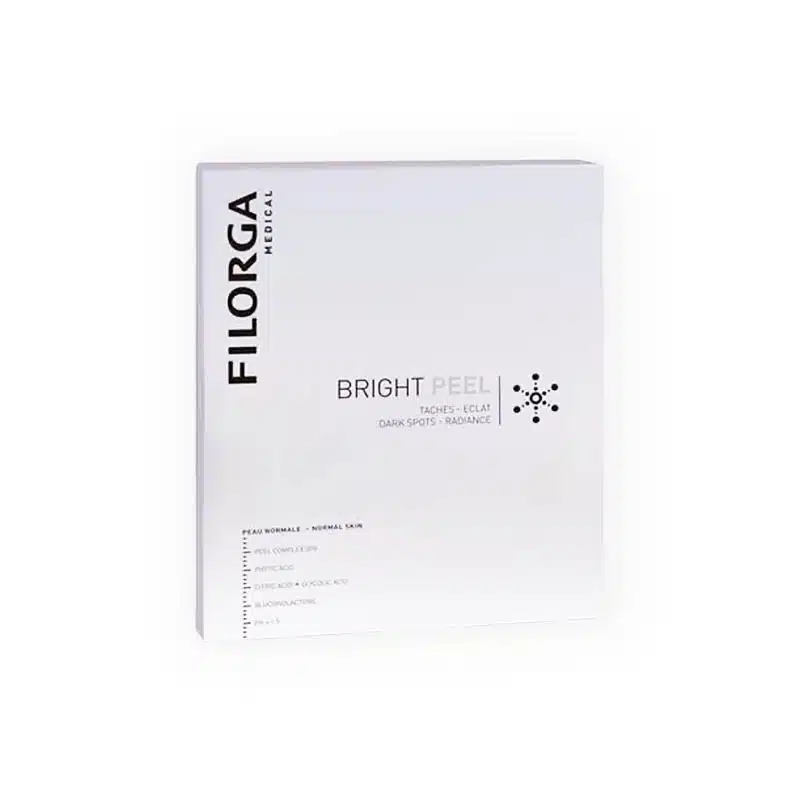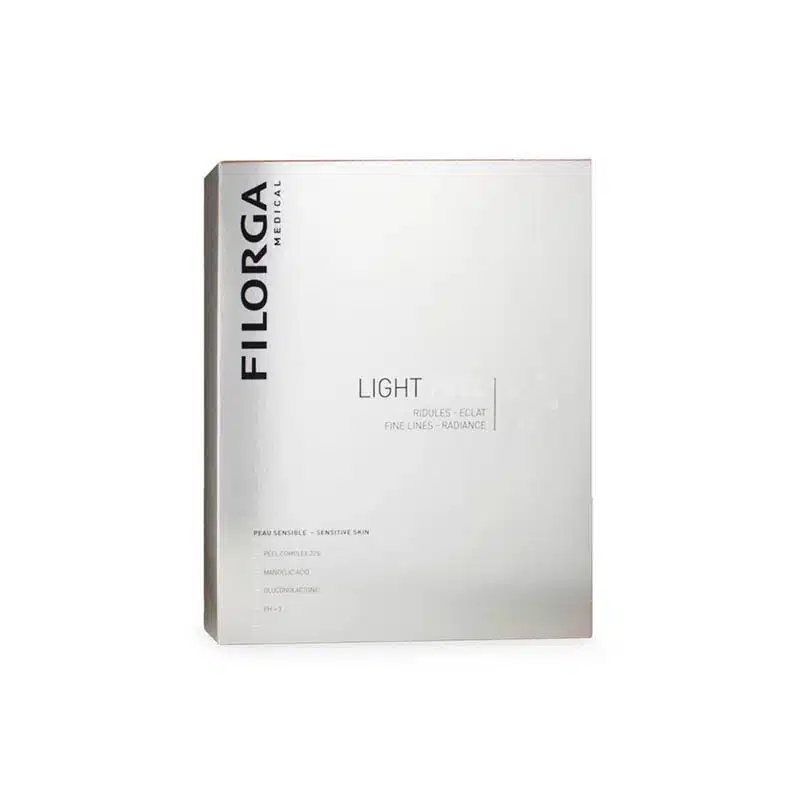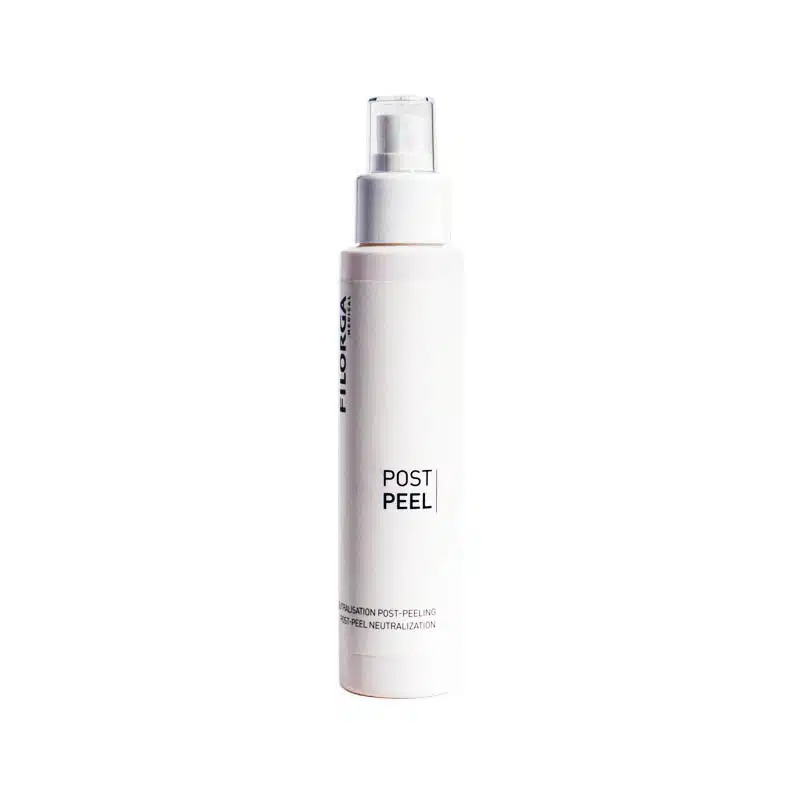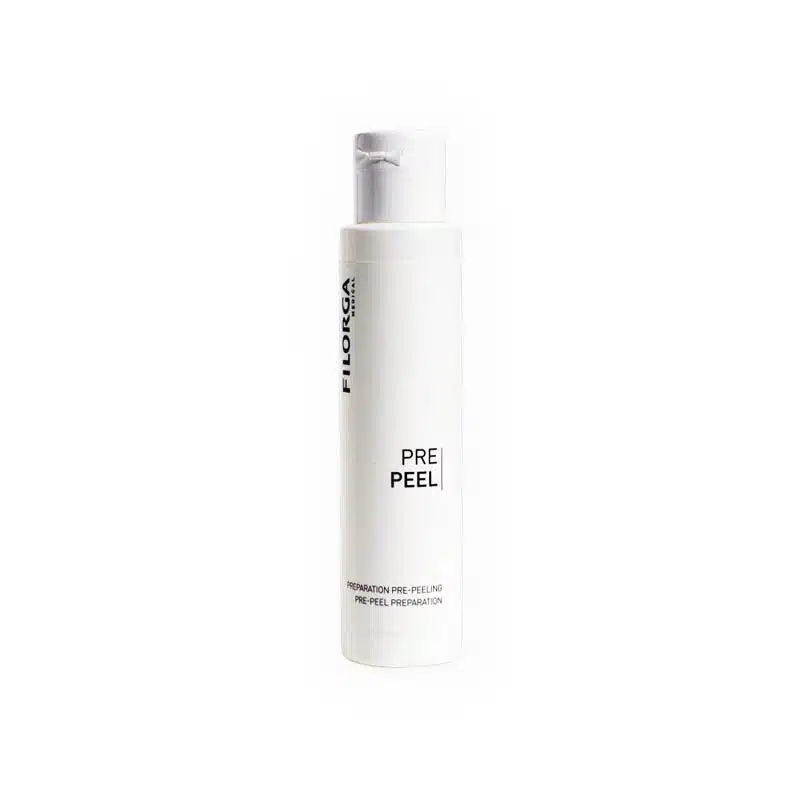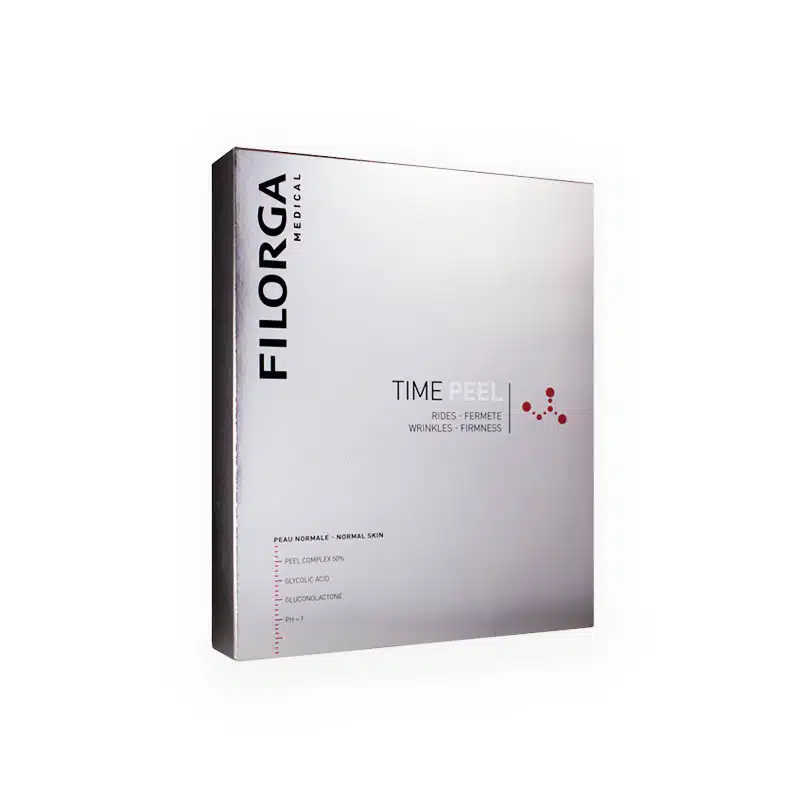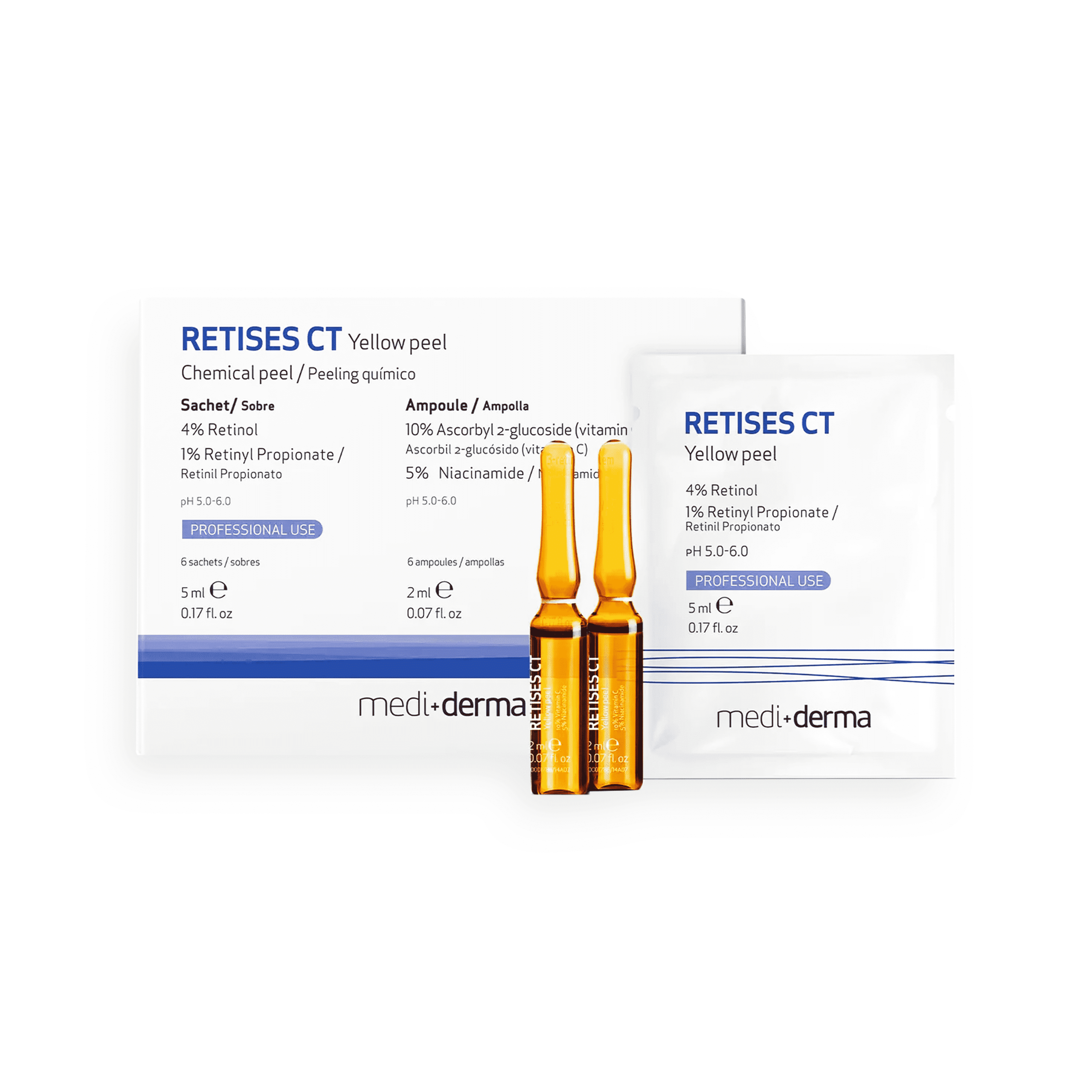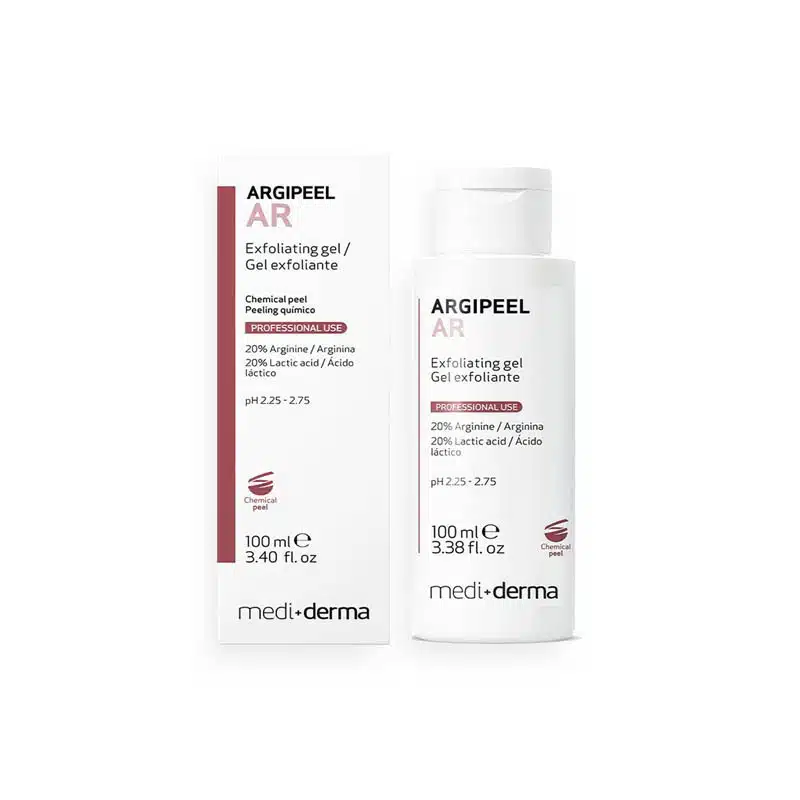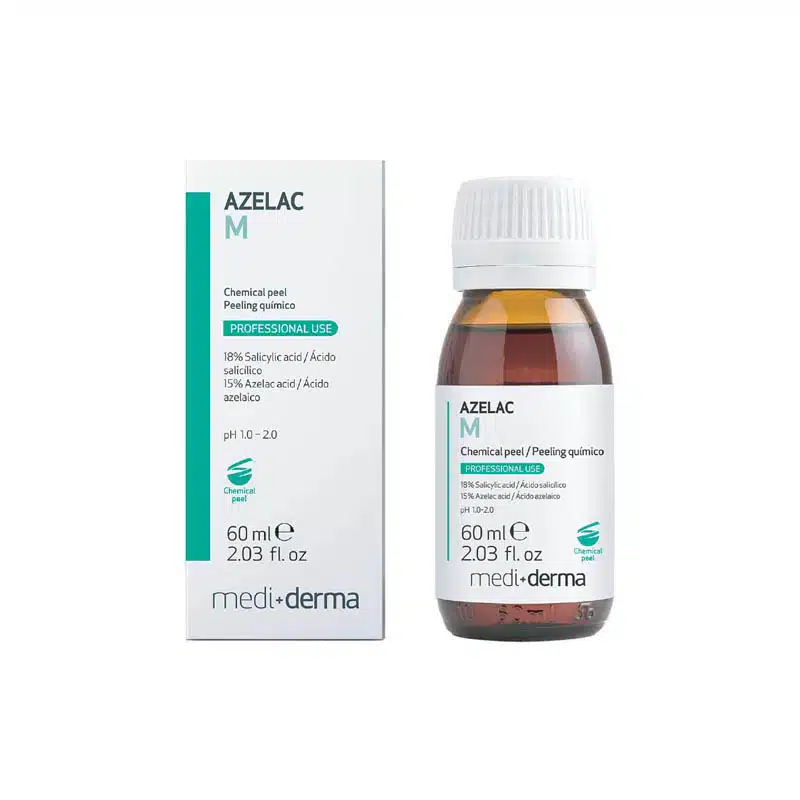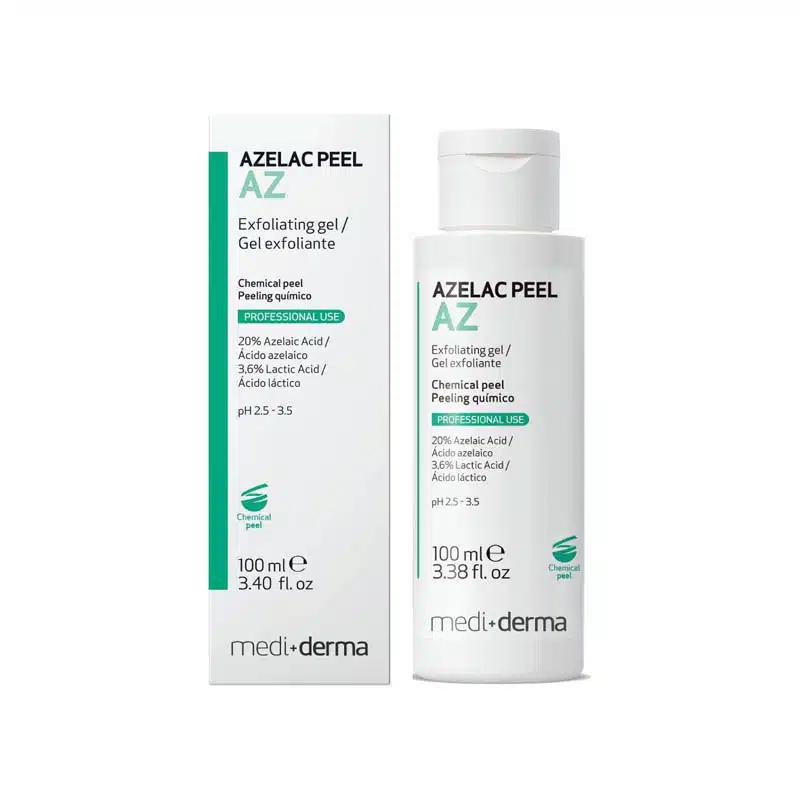Peels and Masks
Find More with Just a Click!
Can’t spot what you need in our catalog? Fret not–just sign up for our expert consultations. We will provide the insights you need. We're here to guide you to your clinic's potential; no product browsing needed
Other information
Chemical peeling is a cosmetic procedure, where a chemical solution is applied to the skin to remove its superficial layer. It’s used for a range of conditions, including acne, wrinkles, and hyper-pigmentation. If you’re looking to shop for chemical peels, it’s important to first understand their indications, types, side effects, and where to find reliable suppliers to keep your patients safe and satisfied.
What Are Chemical Peelers Used For?
Chemical peelers have four major uses, which include:
- Acne and acne scars: Chemical peeling helps treat both acne and its scars. A series of chemical peels with simultaneous acne treatment has been shown to boost acne treatment results.
- Rough skin texture: Chemical peeling removes cells in the epidermis, which smooths out the skin and improves its texture.
- Wrinkles: Depending on their depth, an appropriate chemical peeler type can be used to treat wrinkles and fine lines.
- Hyper-pigmentation: Chemical peeling also helps with sun-damaged areas and dark spots. A light peel removes cells in the superficial epidermis and promotes the growth of new, healthy cells, which replace blemishes.
How Long Do the Effects of Chemical Peeling Last?
The effects of a chemical peeler are usually not permanent because the skin continually replaces lost cells. Once the skin regenerates, it can reintroduce its original flaws.
However, the stronger the strength of a chemical peeler, the longer its effects. For example, the effects of a light peel usually last around a month or two. A medium peel lasts around four to six months, while a deep peel has the potential to last a lifetime.
A good way to prolong the effects of a chemical peel is to ask patients to take good care of their skin after the procedure. You can advise them to:
- Apply sunscreen before going out in the sun to reduce the chances of redeveloping skin damage and dark spots
- Use moisturizers, which act as barriers that protect the skin from external influences such as dust. They also keep the skin hydrated, which is especially important right after a chemical peel
- Avoid hot water, which dehydrates and damages the skin. Instead, ask patients to use warm water to wash their faces.
Types of Chemical Peels
Understanding the types of peels is important before you shop for chemical online. Chemical peelers have three main types—light, medium, and deep.
Light
Light peels affect only the epidermis and cause a localized reaction. This makes them suitable for treating superficial acne scars and areas of hyper-pigmentation. They can also improve sun-damaged skin or areas of uneven skin tone. Recovery after a light peel takes a few days.
Medium
Medium peels go beyond the epidermis, past the papillary dermis to reach the reticular dermal layer. They are used to treat hyper-pigmentation, superficial wrinkles, and actinic keratosis. Recovery after a medium peel can take up to a week.
Deep
Deep peels reach the middle of the reticular dermal layer, which makes them effective for treating deep acne scars and deep wrinkles. A deep peel requires pre-treatment for a few weeks and has a much longer recovery time than light or medium peels.
Chemical Peels Side Effects
Proper physician counseling and evaluation make chemical peeling a safe procedure. However, complications do develop and deeper peeling is more likely to cause them. In addition, patients with a dark skin tone or a history of scarring are more predisposed to developing chemical peeling side effects. These include:
Immediate
During or immediately after the procedure, patients can experience burning skin, itching, and blisters. The site may also swell due to edema. In severe cases, chemical peeling may cause arrhythmias and in case of splashes, the chemical solution may irritate the eyes.
Late
Late side effects occur weeks or months after the procedure. They include infection of the site, hypo- or hyper-pigmentation, and acne breakouts.
Top Chemical Peeling Products You Can Order On MedicalSpa RX
The top chemical peels that we offer include:
FILORGA® Post
This is a 100ml solution designed to prevent skin irritation and discomfort after a peeling procedure. With its main ingredient, sodium bicarbonate, it neutralizes acids from the peeling solution, soothing skin post-treatment. Apply it after the peel, leave for around three minutes, then rinse off to give patients a comfortable chemical peeling experience.
MELASES TRX TCA 10%
This is a 50ml solution from MEDIDERMA® with active substances including tranexamic acid, lactic acid, and mandelic acid. It targets pigmentation with melanic and vascular components. This makes it useful for treating not only post-inflammatory melasma and hyper-pigmentation but also photo-aging.
BIOREPEELCL3® FND
Each pack contains five 6ml vials of this peel, which uses biphasic technology for a bio-stimulating effect on the face, neck, and décolleté. With a potent 35% concentration of trichloroacetic acid and 14 other active ingredients, BIOREPEELCL3® FND stimulates skin replication and biosynthesis, making it good for treating aging, UV damage, pollution, and acne scarring.
FERULAC CLASSIC 60ml
This is a 60ml chemical peel that contains ferulic acid and phloretin. Ferulic acid has antioxidant properties, shielding skin from free radicals and enhancing the effects of vitamins C and E while controlling tyrosinase activity for pigment control. Phloretin helps with ingredient penetration and inhibits elastase activity, preserving elastic fibers.
Where Can I Purchase Chemical Peels?
If you’re looking to shop for chemical peels wholesale for your practice, you want to source them from a reliable supplier to keep your patients safe. That’s where Medicalspa RX comes in with its wide product range, wholesale pricing, and authentic chemical peelers. Check it out now!
FAQs
How Much Does a Chemical Peeling Procedure Cost?
The average cost of a chemical peeling procedure is $1498, according to the American Society of Plastic Surgeons. This includes anesthesia fees, prescriptions for medications, and facility costs.
Does Insurance Cover Chemical Peeling?
Insurance typically doesn’t cover chemical peelers since they’re considered elective cosmetic procedures.
Who Is Not a Good Candidate for Chemical Peeling?
Patients with a history of abnormal skin scarring (such as keloid or hypertrophic scarring) or a dark skin tone are not good candidates for chemical peeling.

